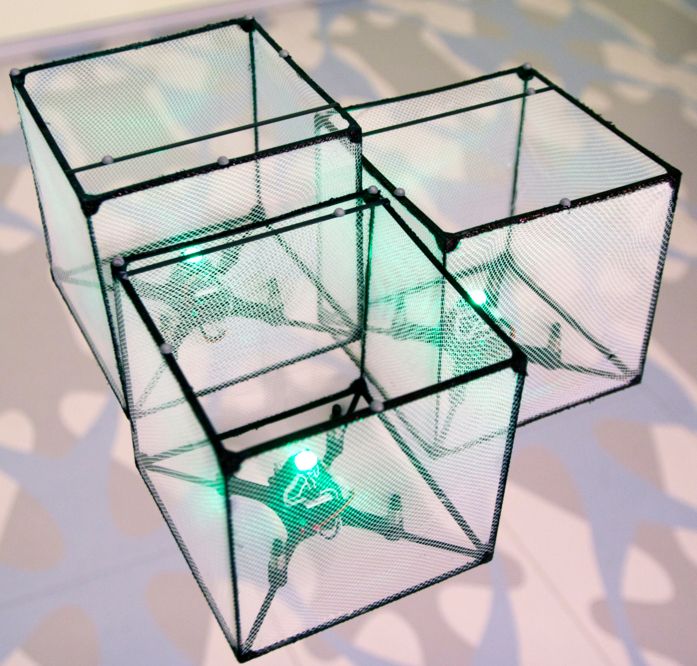Researchers from Beijing and Philadelphia develop a method to 3D print embryonic stem cells in highly uniform blocks.
Researchers from Tsinghua University in Beijing, China and Drexel University in the US have developed an extrusion-based 3D printing method to produce highly uniform “blocks” of embryonic stem cells. These blocks are a grid-like 3D structure that was able to demonstrate cell viability and rapid self-renewal while maintaining high pluripotency. Lead author Wei Sun says, “It was really exciting to see that we could grow embryoid body in such a controlled manner. The grown embryoid body is uniform and homogenous, and serves as much better starting point for further tissue growth.”
Other common methods of printing stem cells are either done in 2D or with the “suspension” method, but these methods do not produce cells with the same cell uniformity and homogenous proliferation as that of the 3D method. This new method would enable researchers to perform experiments on tissue regeneration. Another author on the paper, Rui Yao, adds, “Our next step is to find out more about how we can vary the size of the embryoid body by changing the printing and structural parameters, and how the varying the embryoid body size leads to “manufacture” of different cell types.”
Read more







